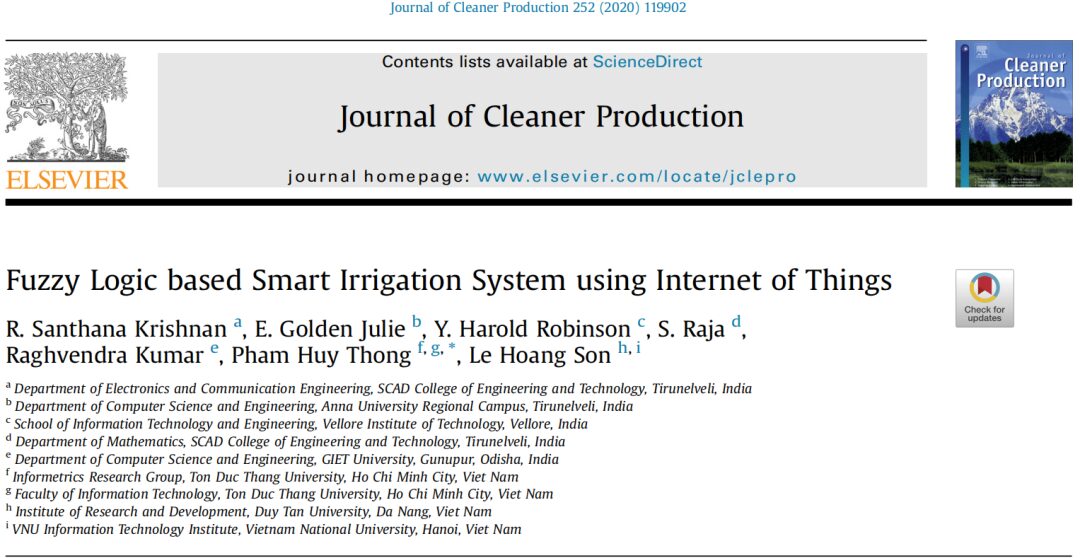
1 Research Background and Purpose
The purpose of this research is to design a comprehensive system for monitoring plant growth and controlling irrigation to improve agricultural productivity. A plant disease monitoring system was developed to achieve remote monitoring and control of farmland irrigation, saving a significant amount of water resources and labor costs. By understanding the water retention capacity of farmland soil and the water requirements and responses of various crops, sensors are used to measure farmland parameters such as soil moisture, temperature, humidity, and water flow, which can enhance precision. In sunny conditions, energy can be stored using solar panels. GSM technology is adopted to automate the entire system, significantly reducing manual labor. This system provides a long-term sustainable solution for automatic irrigation and crop pest monitoring, with the main contributions as follows:
(1) An intelligent irrigation system based on fuzzy control is proposed, which regularly provides confirmation information about operational status, such as soil moisture and surrounding environmental temperature.
(2) The motor is automatically turned on or off based on the output of the soil moisture sensor to prevent excessive water and electricity usage.
(3) The motor automatically shuts off depending on whether it is raining, saving electricity.
(4) The use of solar panels greatly reduces power consumption.
2 System Architecture
The intelligent agricultural irrigation control and plant disease monitoring system mainly consists of four units: terminal device nodes, coordination nodes, web server nodes, and mobile (control unit). The terminal device node consists of an Arduino controller, GSM, motor, plant leaf images, soil moisture sensors, temperature sensors, and humidity sensors. In the wireless sensor network, a microcontroller is used as the terminal device and coordination device. It is used for data communication within the network. Data is continuously collected from the sensors and then transmitted to the coordination node, which is connected to the web server system via an RS232 serial data bus. Data collection is completed on the web server, enabling real-time monitoring of farmland parameters. Through the server, data can be accessed and viewed on Android phones. Then, control signals are automatically sent from the Android application to the coordinator node.
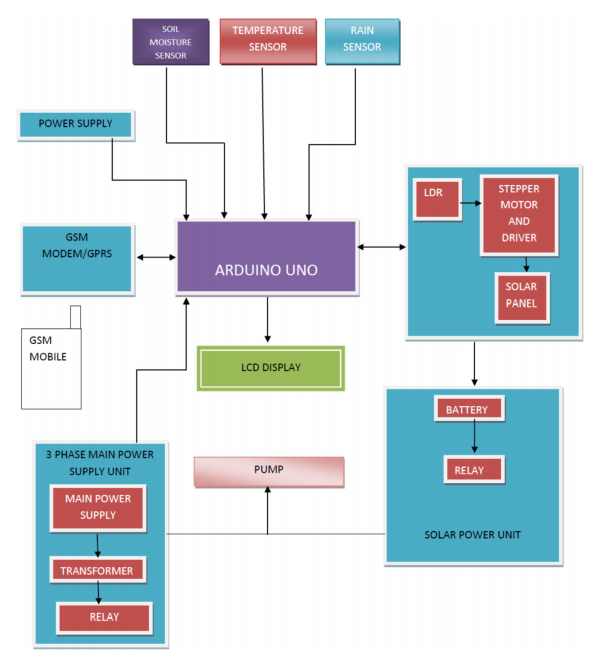
Figure 1 System Flowchart
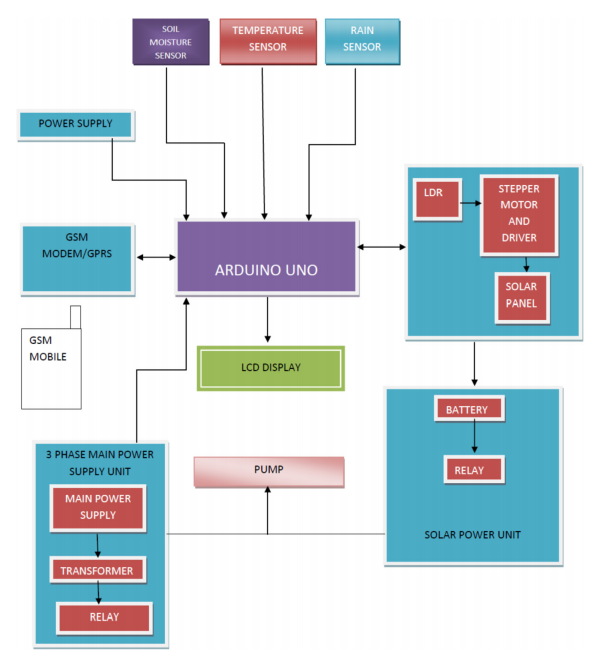
3 System Evaluation
The proposed work was programmed using MATLAB simulation tools and Arduino programming. The DHT11 sensor is used for temperature and humidity data collection. It was chosen for its cost-effectiveness and rapid response in monitoring temperature and humidity data. Accordingly, the soil moisture sensor is used to collect data on soil moisture levels in the farmland.
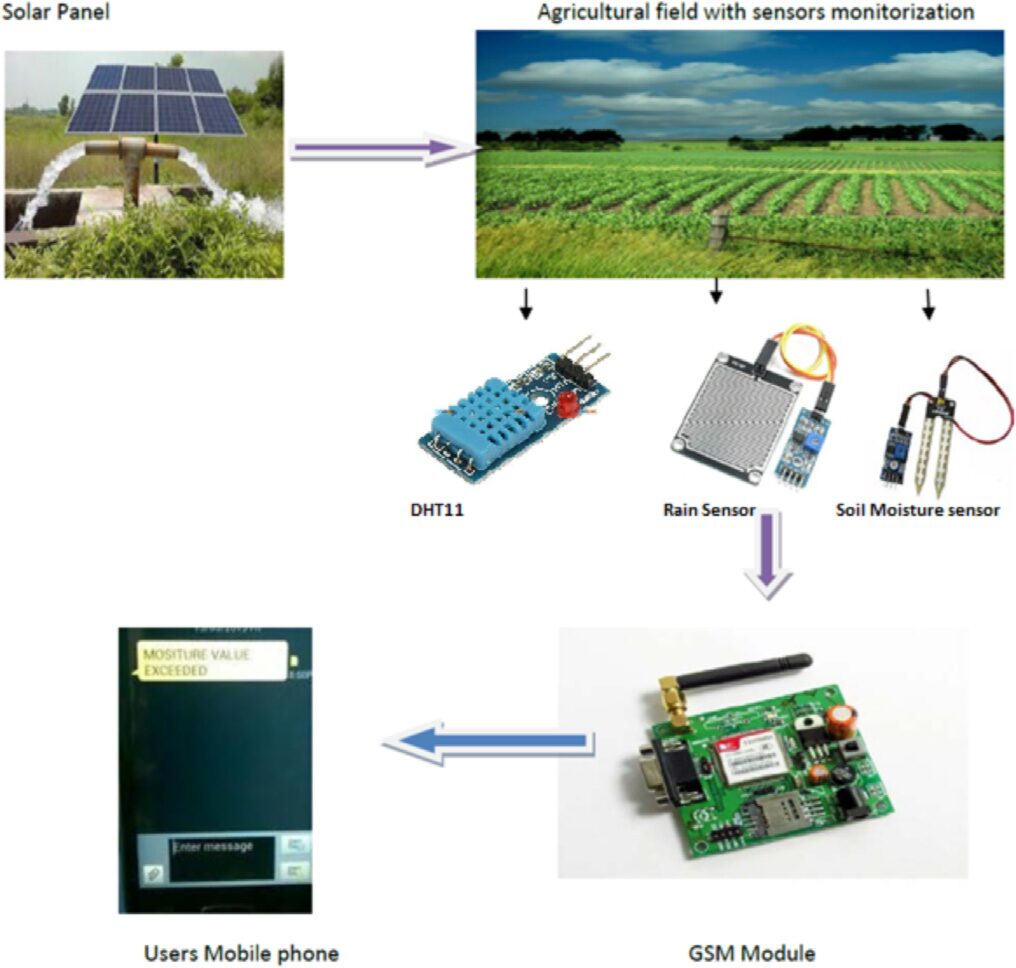
Figure 2 Overall System Diagram
Figure 3 describes the water consumption levels over three days using three methods. In this comparison, the proposed intelligent irrigation system pumped water over a period of 7 hours, while drip irrigation and manual flooding methods pumped water over 12 hours and 20 hours, respectively. Figure 4 shows the cumulative percentage of motor usage over three days. In the proposed intelligent irrigation system, motor irrigation accounted for 9.72% of the total irrigation time, while drip irrigation and manual flooding accounted for 16.67% and 27.78% of the total irrigation time, respectively.
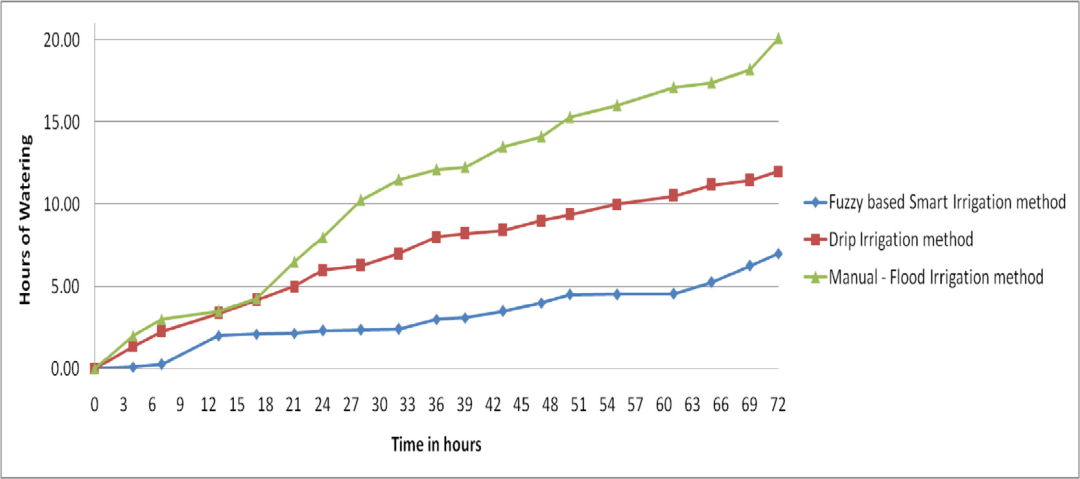
Figure 3 Water Consumption Over Three Days
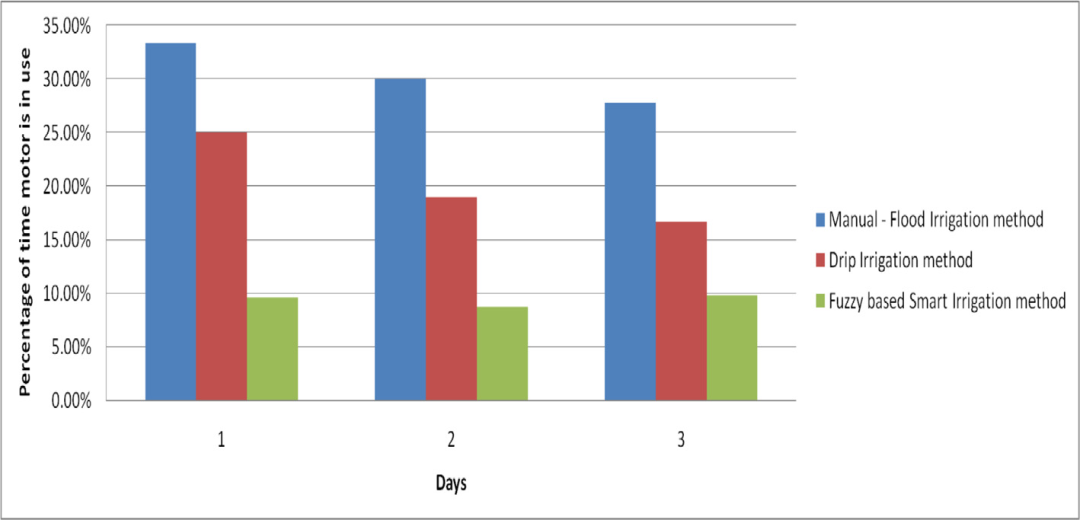
Figure 4 Percentage of Motor Usage Time
4 Conclusion
Agricultural irrigation control is one of the most important interests in agriculture. This study mainly focuses on fuzzy logic control to achieve higher precision in the efficient use of irrigation water. The simulation results determine the water consumption of farmland based on field parameters. Hardware implementation and irrigation control are carried out through an Android mobile application. Experiments have shown that the proposed intelligent irrigation system can achieve excellent results in reducing labor costs and effectively utilizing irrigation water. Future research may embed smart agricultural technologies using the Internet of Things, which will help growers and farmers reduce waste and improve productivity in areas such as fertilizer quality and yield.
Reference: 231Raja S . Fuzzy Logic based Smart Irrigation System using Internet of Things[J]. Journal of Cleaner Production, 2019, 252.
This issue editor: Zhang Zhonglili